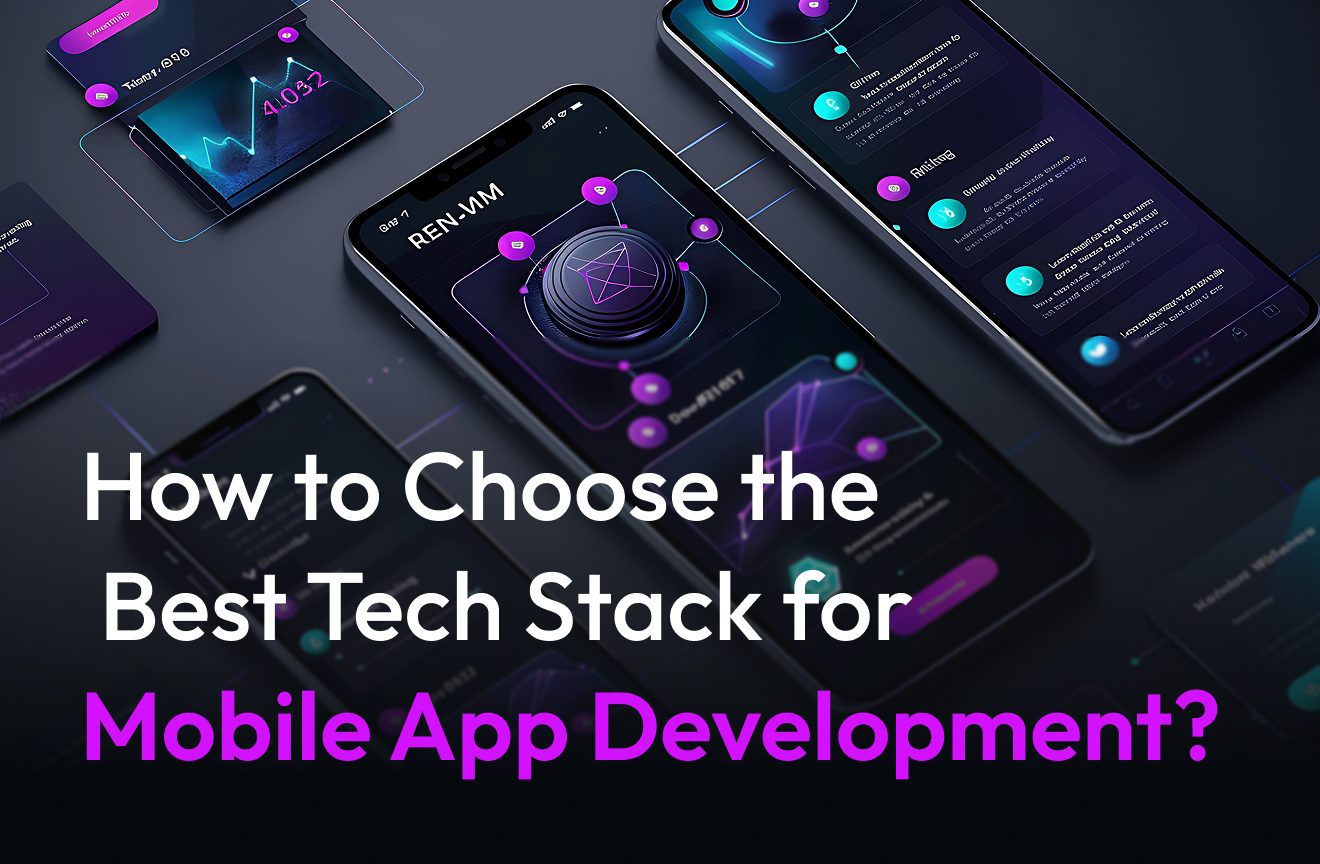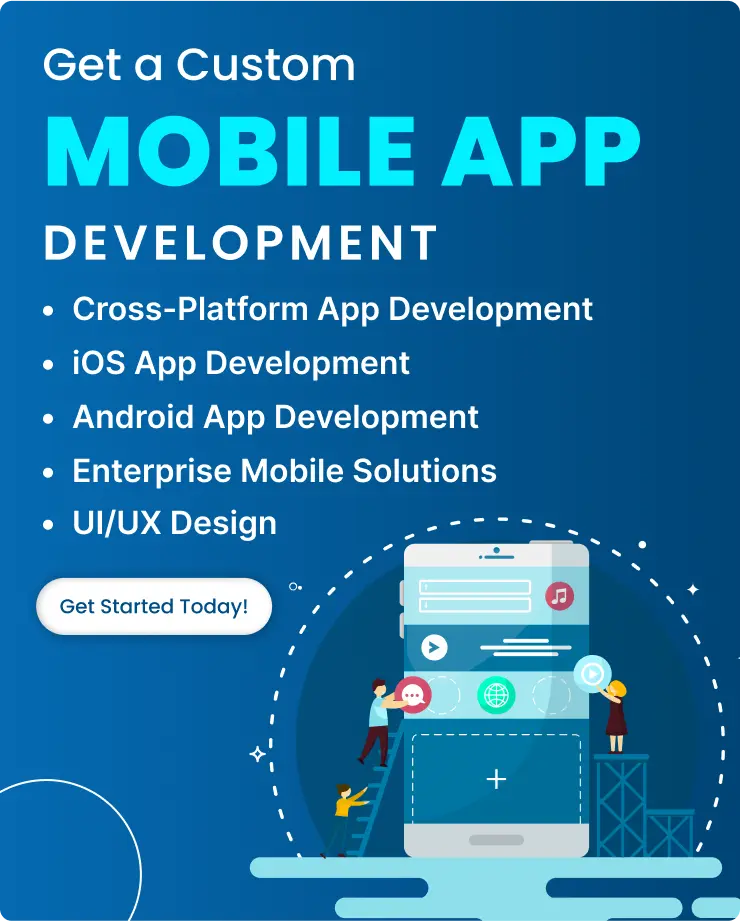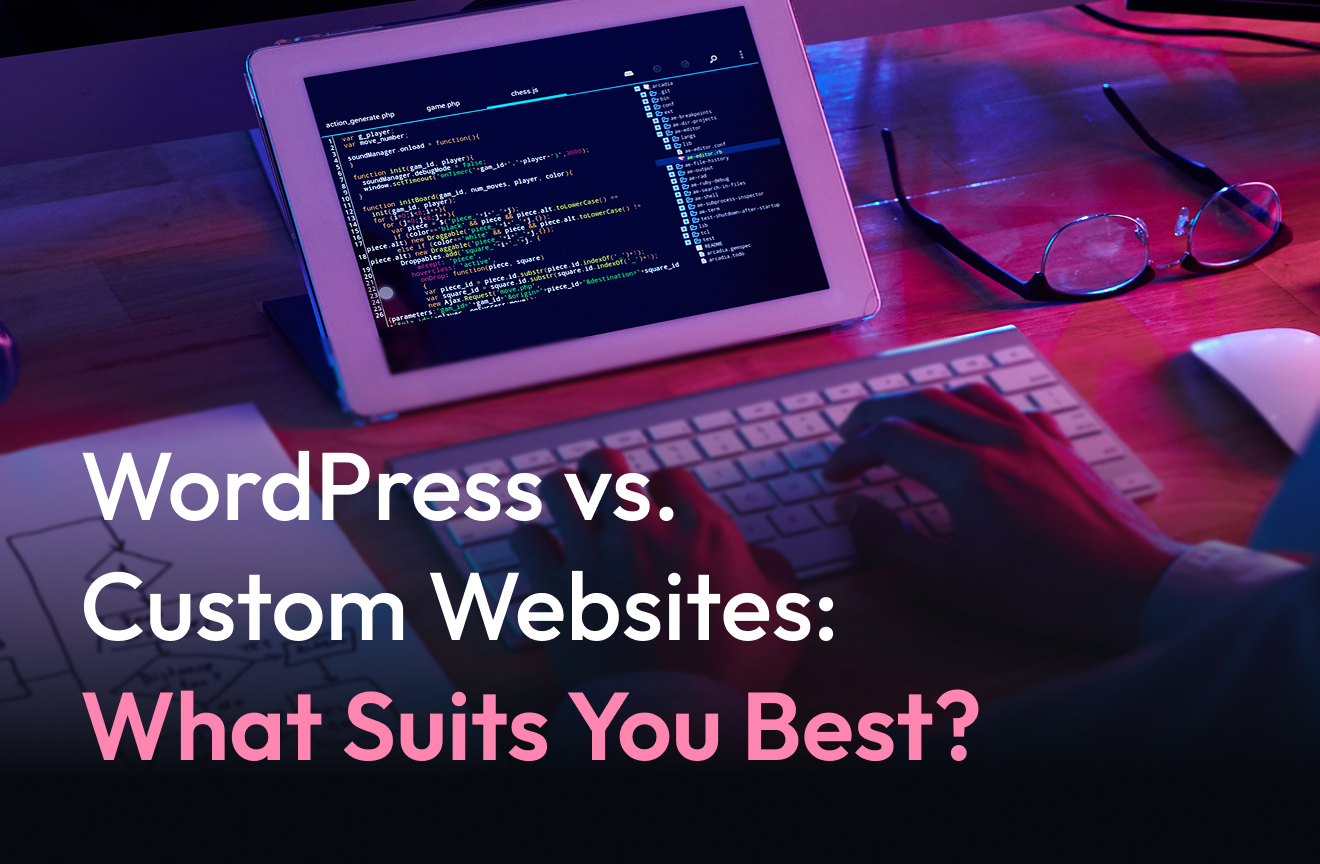Mobile apps are crucial for everyday living in the digital land. For shopping, entertainment, banking or social interaction there’s an app for nearly everything. However, behind every successful app is a carefully selected and organized technology stack that defines its effectiveness, scalability and user experience. If you are on a journey of building an app, knowing how to select the Best Tech Stack for Mobile App Development is important. Let’s break it down the same in a simple, insightful and human centric way.
What is a Tech Stack?
Before we get into the details, let’s simplify what a tech stack is at all. The tech stack is a collection of technologies, frameworks and tools in developing a software application. When it comes to mobile application development, it usually covers:
Frontend: All things that the user interacts with directly on his device.
Backend: The server, application logic and database.
Development Tools: Integrated Development Environments, Software Development Kits, frameworks and libraries.
Helping Technologies: APIs, cloud-based services, testing tools, analytics platforms, etc.
Selecting a Tech Stack for Mobile App Development is as crucial as selecting the right tools for a craftsman, it can make or break your project.
Why the Right Tech Stack Matters
Choosing the right tech stack isn’t about simply following it’s about creating a sustainable and scalable product that continuously delivers value to its users. The right tech stack will:
Maintain Fast and Fluent Performance: Load faster and action smoother.
Scalable: Can accommodate the growing demands of users and data.
Easy Maintenance: Enables for quick updates and debugging.
Reduced Costs: You will save time as well as money in the end.
Stronger Security: Keep critical user data, secure and avoid breaches.
Essential Factors to Consider When Choosing the Right Technology Stack
1. Project Requirements
Mobile apps have different needs based on their functionality, target audience and platform. Are you building an e-commerce app, gaming app or a social networking app? Each of these requires different technical specifications.
2. Platform Selection: iOS, Android or Both?
Choose if you want to make a native app for IOS or Android or Cross platform. If you choose native development (Swift for iOS, Kotlin for Android) you can get great performance and access to all device features, while cross-platform frameworks (React Native and Flutter) allow for faster and cheaper development.
3. Development Speed
Time to market may also be a competitive advantage. Some tech stacks enable you to iterate quickly and build proof of concepts in just days while others can take longer but provide more robust, stable performance.
4. Scalability Needs
If you want your app to scale in time (in terms of users, data and features), you need a tech stack that scales up without performance limitations.
5. Community and Support
A strong developer community and good documentation can save you from a lot of development pain. The more people that support the community, the faster that issues get resolved and people are pointed to the right resources.
6. Budget Constraints
Budget considerations will inform your tech stack. Open-source tools can reduce costs but some proprietary technologies may incur licensing fees, but provide more stability and support.
Popular Tech Stacks for Mobile App Development
Let’s take a closer look at some of the most popular combinations that developers use to build mobile apps:
1. Native Tech Stack
A native tech stack is for To focus on building mobile apps for a single platform (iOS/Android) with platform-specific programming languages and tools. For Android, developers usually work with Android Studio in either Java or Kotlin. The language for iOS is Swift or Objective-C, along with Xcode. If you need high performance, complete access to device features and a more responsive and fluid user experience, then native development is the better option.
2. Cross-Platform Tech Stack
A cross-platform technology stack allows developers to create code once and deploy it to more than one platform, greatly decreasing development time and cost. But popular frameworks like React Native, Flutter and Xamarin enable it. React Native Uses JavaScript and React, Flutter Uses Dart and Xamarin Leverages C# These tools ensure we have a native feel-out experience, while still providing a great amount of shared code, making them an ideal choice for a startup or business seeking a speedy time-to-market with a compromise and not much in terms of performance.
3. Backend Tech Stack
Backend tech stack manages the server-side logic, cloud integration for mobile app, user authentication and database interactions. Backend technologies stack is common like Node. js, Django, Ruby on Rails, Spring Boot and .NET Core. Other examples of backend services are cloud-based solutions such as Firebase and AWS Amplify, which provide necessary tools to build scalable, real-time databases and easier API integration in one pot, which can let us scale-up backend development and maintenance.
4. Database Options
It is used to store and retrieve app data efficiently. Depending on the data structure and scalability requirements, developers may select either SQL-based databases such as MySQL, PostgreSQL and SQLite or NoSQL databases such as MongoDB and Firebase Realtime Database. In general, when it comes to use in mobile, lightweight solutions such as Realm, Couchbase Lite, etc are also used to provide applications with smooth performance and offline data access.
A Best Mobile App Development Company is multi-stacked to provide you with options according to your requirements.
Emerging Trends Influencing Tech Stack Choices
1. Cloud-Native Development
Cloud providers, such as AWS, Google Cloud and Microsoft Azure are becoming the essentials for mobile app development. We provide you with hassle-free scalability, security and performance augmentation.
2. Artificial Intelligence and Machine Learning
Then integrating AI and ML features like chatbots, recommendation engines and predictive analytics requires tech stacks that can support loading AI models such as TensorFlow or PyTorch.
3. 5G and Edge Computing
5G enables developers to build faster, more responsive apps and this can influence tech stack choices, especially concerning data work and cloud connectivity.
4. Low-Code/No-Code Platforms
For startups or businesses with minimal development resources, low-code platforms such as OutSystems or Mendix, can be included in the tech stack to speed up the deployment.
Best Practices for Selecting the Best Tech Stack for Mobile App Development
Start Small, Scale Smart: Pick technologies you can build an MVP with quickly, but that can grow with your app.
Focus on Security: Opt for tech stacks with built-in security features and active patch management
Prioritize User Experience: Optimize for smooth animations, fast loading times and responsive design with your tech stack
Choose Reusable Code: If you can, choose tools and frameworks that allow you to reuse your code to accelerate future development.
Conclusion:
Choosing the best tech stack for mobile app development is a strategic, but technical decision It has an impact on the success of your app from day one and how well your app will age over time. Choosing a tech stack can not only ensure high performance and user satisfaction but also prepares the future development and adaptability of the product.
There’s no perfect answer, but evaluating what your project truly requires, what your team can do and what you see in the long run will help you combine the best tools and technologies there are. Do so either slowly with your dev team and always keeping the end user experience in mind. If done right, your tech stack will be the hidden hero behind your app’s success story.
Really need help choosing the right tech stack? Talk with the best mobile app development company today to make your app idea into a market-leading product!
FAQs
- What is a mobile app development technology stack?
A tech stack is a group of such tools, software frameworks, programming languages and technologies that are applied to build both the frontend and backend of a mobile application development.
2. What is the crucial of choosing the right tech stack for app development?
A robust tech stack facilitates performance, security and scalability of an app while helping businesses build scalable and cost-effective apps and significantly impacts the app’s long-term success.
3. Which is better: Native vs Cross Platform App Development?
The native development comes with the best performance while cross-platform saves time and cost using a single code base for the iOS and Android platform.
4. How Mobile App Development Company Helps You Choose a Tech Stack?
It is the top mobile app development company that understands your goals, budget and practices and recommends the most efficient and scalable tech stack to you.
5. Can I switch the tech stack after we have started development?
Yes, it is possible but expensive and time-consuming that is why we recommend choosing the best tech stack in the initial stage for seamless development.

Stay Up to Date
Get our newsletter

Table of Contents
Toggle- What is a Tech Stack?
- Why the Right Tech Stack Matters
- Essential Factors to Consider When Choosing the Right Technology Stack
- Popular Tech Stacks for Mobile App Development
- Emerging Trends Influencing Tech Stack Choices
- Best Practices for Selecting the Best Tech Stack for Mobile App Development
- Conclusion:
- FAQs




